stars
Latest
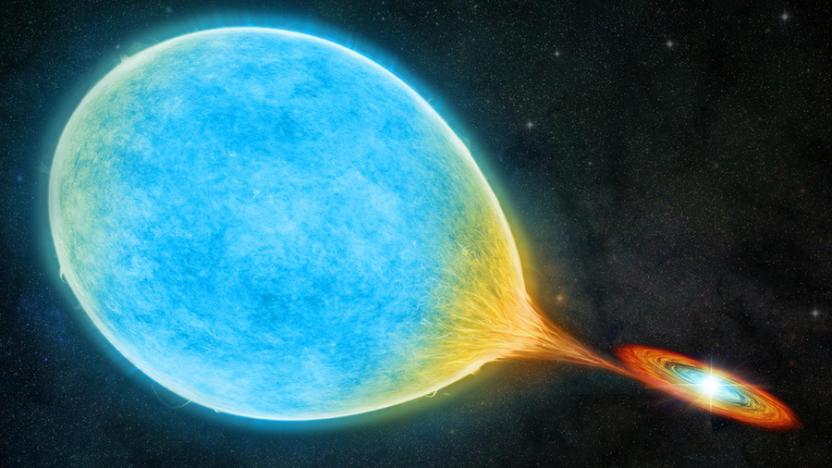
Researchers discover star being consumed by its smaller, deader neighbor
This 'cataclysmic variable' is around 3,000 light years away from Earth.

Facebook's 'Professional Mode' lets creators monetize their own profile page
Facebook has launched a new professional mode for profiles that will let eligible creators earn money without the need to create a separate Page.
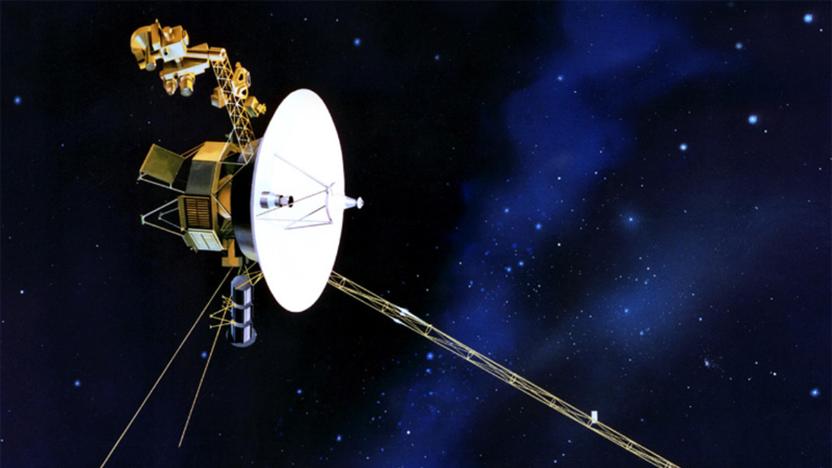
Voyager probes detect a new form of cosmic ray burst from the Sun
The Voyager 1 and 2 probes have detected a new kind of cosmic ray electron burst emanating from the Sun, decades after they started their missions.

Scientists find neutrinos from star fusion for the first time
Scientists have detected neutrinos traced to star fusion for the first time, confirming physics theories dating back to the 1930s.
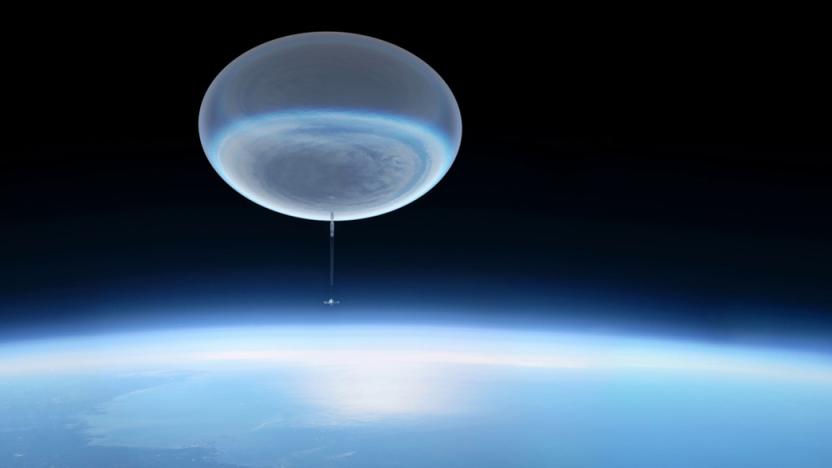
NASA will deploy a huge stratospheric balloon to study newborn stars
NASA plans to send an 8.4 foot telescope into the upper stratosphere aboard a “football stadium” sized balloon. ASTHROS (astrophysics stratospheric telescope for high spectral resolution observerations at submillimeter-wavelengths) will study the gases around newly-formed giant stars by observing the far-infrared light they emit.

Google explains how the Pixel 4 excels at night sky photography
After Google launched its wildly successful Night Sight mode on the Pixel 3, its developers set their sights on an even tougher low-light goal for the Pixel 4: Astrophotography. It's been such a popular feature that Google has released a blog post explaining how it works for that chore. In a nutshell, letting non-experts shoot the stars requires a big dose of AI help.

Astronomers believe the young Milky Way once swallowed a dwarf galaxy
Astronomers believe they've mapped an important sequence of events that shaped our galaxy 10 billion years ago. In a paper published in Nature Astronomy today, researchers from the Instituto de Astrofisica de Canarias (IAC) share their findings that a dwarf galaxy, Gaia-Enceladus, once collided and merged with the early Milky Way. Their discovery offers a new understanding of how the Milky Way formed.

Facebook gives creators more ways to make money
As VidCon gets ready to take place between July 10th and 13th in Anaheim, California, Facebook has news to share with its creator community. The company has announced that it is introducing more ways for them to earn money on its site, starting by giving them the ability to choose better placement for ads in their videos. Facebook says that, in order to better support videos that may not have "a natural break for ads," creators will now have the choice to include non-interruptive advertising formats, such as pre-roll or image-based ads. This could come in handy on videos that are particularly short, for instance.
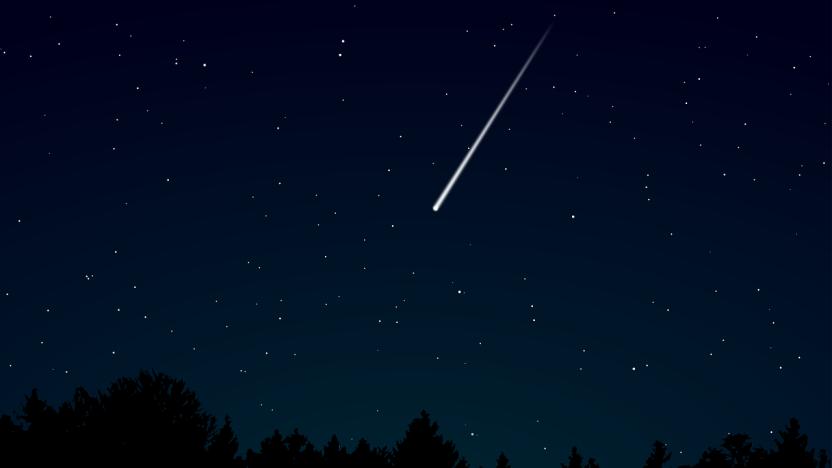
Artificial meteor shower displays are coming
Fireworks. So passé, right? That could well be the thinking of one Japanese start-up, which is developing shooting stars on demand, and plans to put on the world's first artificial meteor shower in early 2020.

This galaxy without dark matter is bending the rules of space
The complexities of space are pretty mind-boggling, but there are a handful of accepted theories on which scientists base their research. Space is a vacuum, for example, while a light-year is about 5.88 trillion miles. So researchers at Yale University were understandably shocked when they discovered that one long-held theory might not be right. For years, science has assumed galaxies and dark matter go hand in hand. Now, a galaxy has been discovered that's almost completely devoid of it.
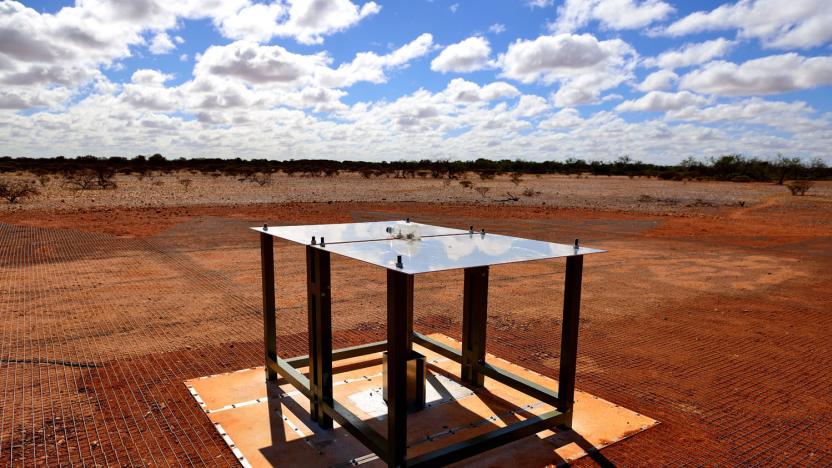
Researchers may have detected signals from the universe’s first stars
The early development of our universe is still quite a mystery, but in a new study published today in Nature, researchers describe what may be evidence of when the first stars began to form. After the Big Bang, which took place some 13.7 billion years ago, the universe was dark, hot and full of high-energy particles. Photons couldn't survive, but after around 380,000 years, the universe cooled enough to allow light to actually stick around. That's when the cosmic microwave background (CMB) came to be. It's our universe's first surviving radiation and researchers have looked to it in order to learn more about the earliest years of our universe.

NASA study will help identify potentially habitable planets
NASA has already found tons of exoplanets around nearby stars, and will spot countless more once the James Webb Space Telescope (JWST) launches. The problem is that scientists aren't exactly sure which planet-star combinations are most likely to support life. A new NASA study has found that planets orbiting small stars like Trappist-1 could retain their oceans for billions of years, even if they're quite close -- provided the star emits just the right amount of infrared radiation.

An excess of 'failed' stars is a bad sign for alien life
We know for a fact that life can exist on planets that orbit yellow dwarf stars like our sun and are optimistic about the chances for smaller red dwarf systems like Trappist-1. When it comes to their awkward brown dwarf cousins, however, astronomers don't think life is possible -- they're too small and cool to support it. So it's a bit of a bummer that astronomers have discovered as many as 100 billion brown dwarfs in our galaxy, out of a maximum 400 billion stars in total.
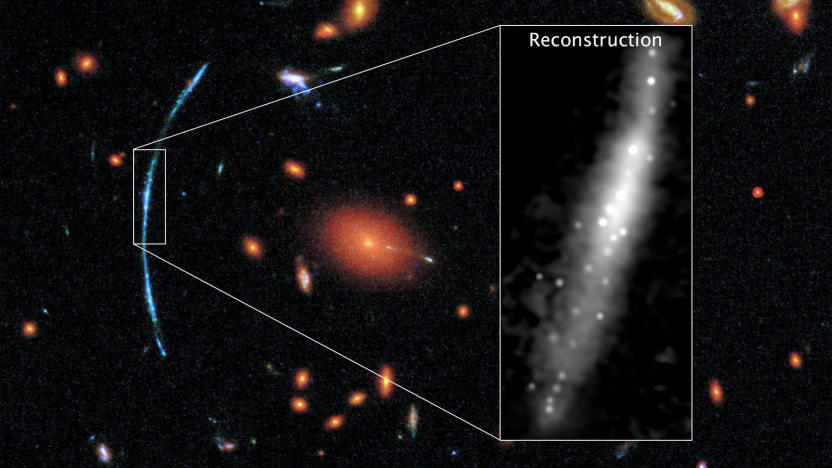
Early universe 'fireworks' challenge notions of how stars form
At the rate things are going, astronomers may have to toss out the rule book for galaxy formation. Researchers using the Hubble Space Telescope have discovered an ancient galaxy (formed 2.7 billion years after the Big Bang) with two dozen star nurseries measuring 'just' 200 to 300 light years across. That sounds big, but scientists had expected that early universe star-forming regions had to be enormous, at 3,000 light years across or larger. Here, they're so tightly packed together that NASA researcher Jane Rigby likens them to "fireworks" popping off at a cosmic scale.
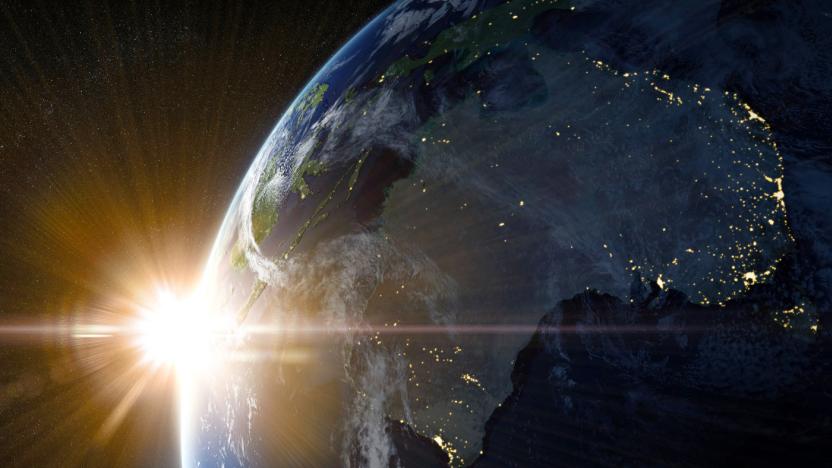
Milky Way's fastest stars could be runaways from another galaxy
The fastest-moving stars in our galaxy, known as hypervelocity stars, may have a more interesting backstory than scientists first thought, according to new research from Cambridge University. Astronomers initially believed these super-rare stars -- only 20 have been identified -- had been expelled from the center of the Milky Way by a supermassive black hole, but the study shows that they may have started their breakneck journeys in another galaxy altogether: the Large Magellanic Cloud (LMC).
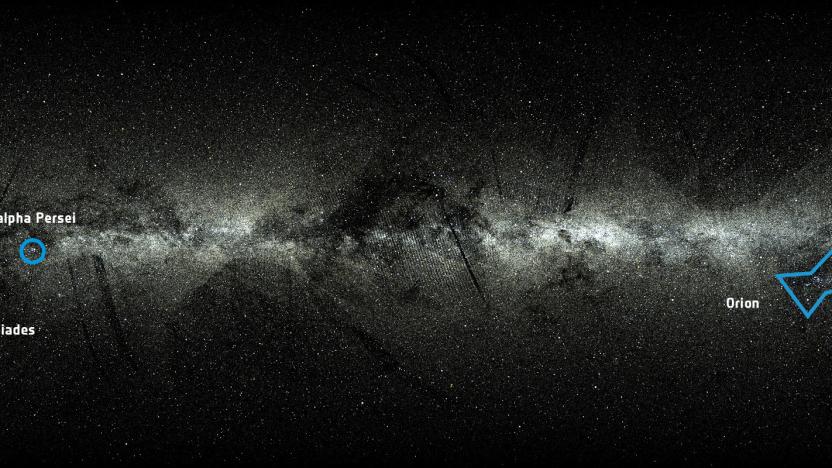
Watch the ESA trace 2 million stars' journey across the skies
Carl Sagan showed how some constellations would change over time as stars move through the universe in his TV series Cosmos. Now the European Space Agency has done something similar, but in a much bigger scale: it has released a video showing 2 million stars' journey across the skies from today until 5 million years into the future. The ESA used data provided by the the Gaia satellite and its one-billion-pixel camera, as well as data from the Hipparcos satellite that measured the positions of celestial objects back in the 1990s.

Supermassive black hole set a record for longest lunch ever
When a black hole eats a nearby star, the resulting X-rays typically fade within a year or so. That's why astronomers are excited about a giant black hole that's been shedding telltale radiation for close to 10 years.
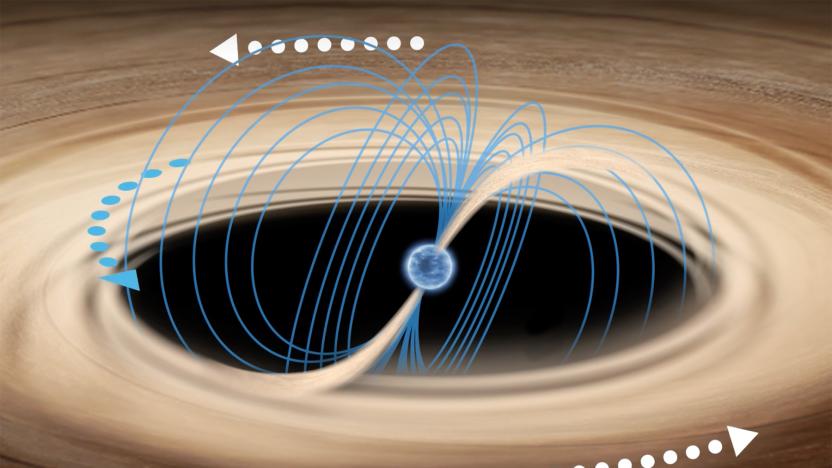
Magnetic fields could explain an 'erratic' neutron star
Scientists think they've discovered why an unusual star system is emitting "sudden, erratic and extremely intense" bursts of X-rays. Using three different space telescopes, the team set out to investigate "Rapid Burster," a binary system first discovered in the 1970s, in 2015. It contains a small star and a "neutron star," the term given to collapsed cores of formerly giant stars. Normally, this setup would produce "type-I" bursts, as the dense neutron star strips the gas of its younger neighbor. The Rapid Burster does this too, but curiously it also exhibits rarer, high energy "type-II" blasts.

Rare red nova explosion could add a star to the sky in 2022
There is much still to learn about the universe, and red novas remain one of its mysteries. It's thought these explosive events, named for their red glow, are the result of binary stars finally merging after eons of cosmic courting. That's the prevailing theory, anyway, but the rare event has only been observed a handful of times. Our understanding of this stellar event, as well as the lifecycle of stars in general, could improve significantly if the prediction of Calvin College astronomer Larry Molnar proves true. He believes he's spotted a duo of stars that are on the cusp of merging, becoming a red nova in 2022, "give or take a year." It's not just exciting for the research community, though, as the explosion should be so energetic that we'll be able to see it in the night sky with the naked eye.

Astronomers have found the roundest object in the universe
The sun may look round from our viewing angle but it -- like most stars -- aren't as spherical as they seem. It's actually 10 kilometers wider at its equator than it is at its poles. This is due to stars' rate of spin and variances within their magnetic fields. Kepler 11145123, a burning orb just 5,000 light years from Earth, is an extraordinary exception to that rule.











